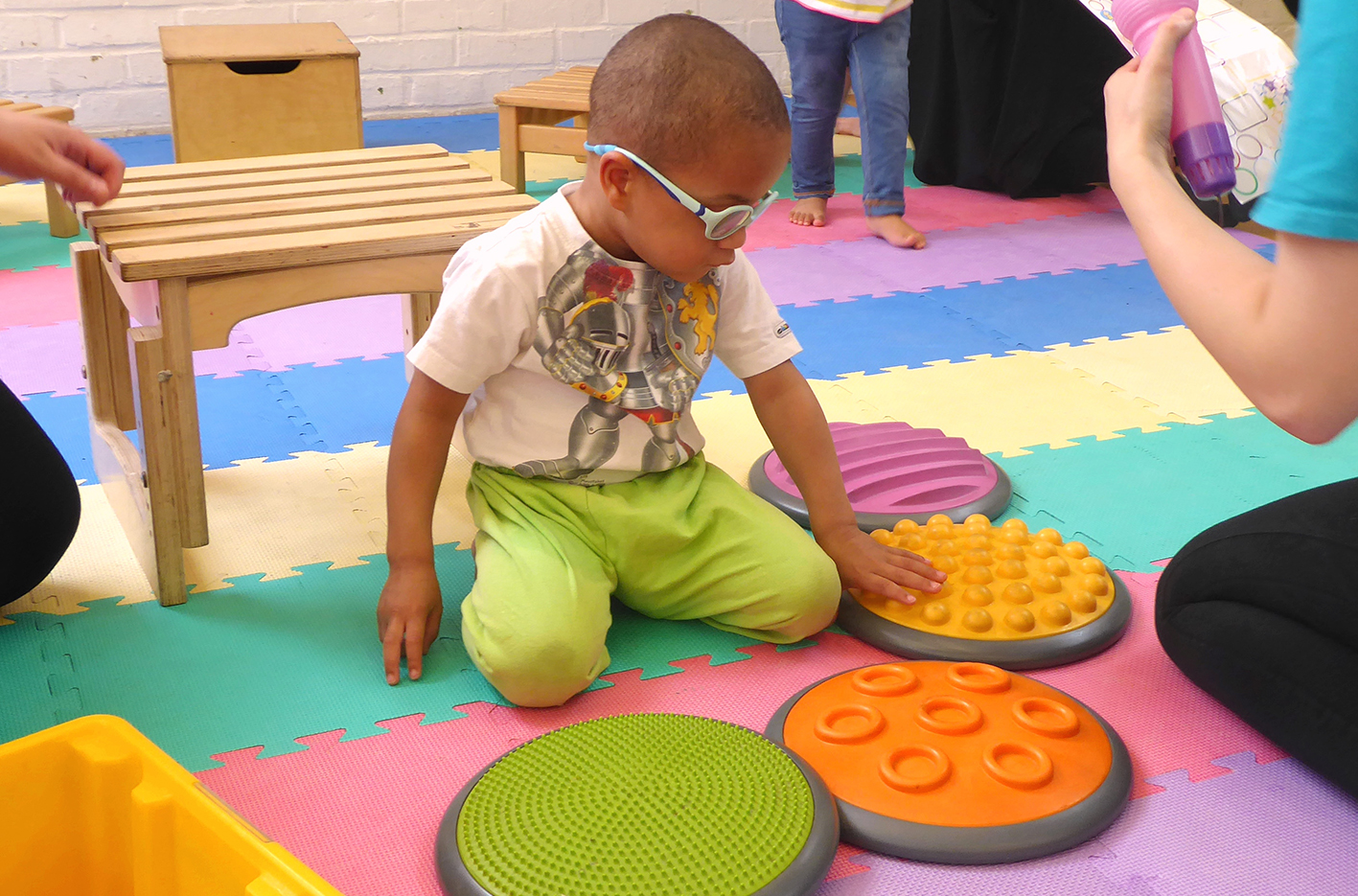
Sensory integration therapy at our clinic is designed to help individuals who have difficulty processing and responding to sensory information. This therapy focuses on improving how the brain interprets and reacts to sensory inputs, such as touch, sound, and movement. Through engaging, play-based activities, our skilled therapists work with clients to enhance their sensory processing, coordination, and motor skills. The therapy aims to reduce sensory overload, improve focus and behavior, and support daily functioning. By creating a tailored treatment plan, we help individuals build coping strategies and develop a more balanced and adaptive response to sensory experiences.
Sensory Integration Therapy supports children who struggle with processing sights, sounds, textures, movements, or other sensory input. Whether they are oversensitive or under-responsive to sensory stimuli, this therapy helps build tolerance, focus, and coordination. It is commonly used for children with autism, ADHD, or sensory processing disorders to help them adapt comfortably to their surroundings.
Children as young as 1.5–2 years old can benefit, especially if showing signs of sensory processing difficulties.
Sensory issues often become apparent between 1–3 years of age, especially during play or feeding.
To help children respond appropriately to sensory input, improving focus, coordination, and daily functioning.

It is a long established fact that a reader will be distracted by the readable content of a page when looking at its layout.
About UsAll Rights Reserved [Speech In Our Stars]. Website design by Techno Developers Group

